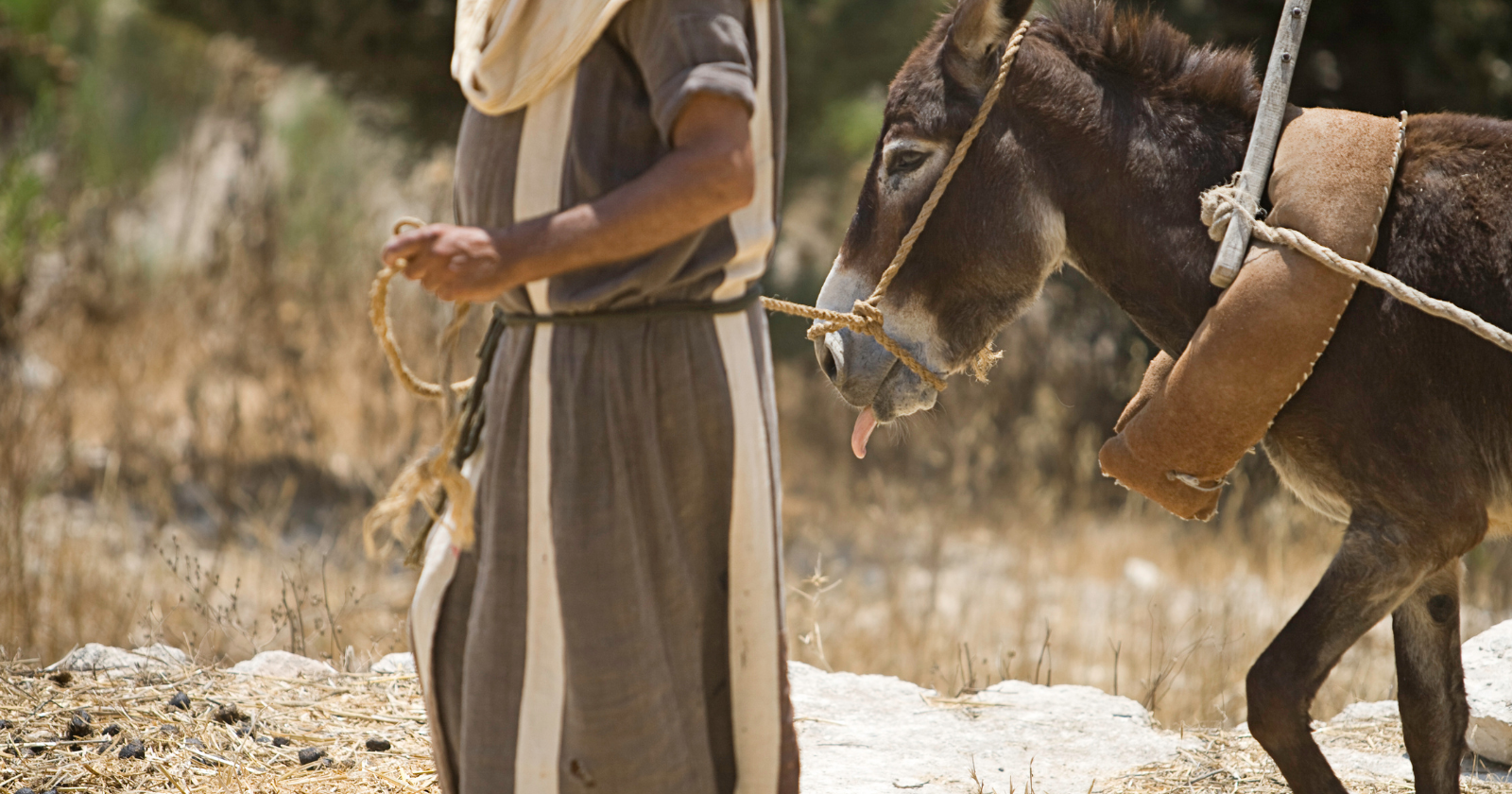Israel, often referred to as the Holy Land, is home to numerous biblical historical sites.
These sites are more than just locations mentioned in the Bible. They hold deep spiritual significance and are considered sacred by believers worldwide.
In this article, we highlight 7 biblical historical sites in Israel that you must visit to enrich your spiritual journey.
We’ll also dive into the unique features of each of these sites and explore their importance in a modern religious context.
1. The Western Wall
The Western Wall, also known as the Wailing Wall, is one of the most revered biblical sites in Israel.
Located in the Old City of Jerusalem, the last remaining part of the Second Temple was destroyed by the Romans in 70 AD.
The Western Wall extends approximately 488 meters (about 1,600 feet), but only a small segment of it is visible and accessible to the public.
The rest is hidden behind structures of the Old City. The wall serves not only as a prayer site but also as a symbol of the Jewish people’s historical presence in Jerusalem.
This ancient limestone wall has been a place of Jewish prayer and pilgrimage for centuries.
It’s not just a relic from the past — it’s a living symbol of the Jewish people’s enduring faith.
Today, believers often write their prayers on small pieces of paper and place them in the cracks of the wall. It’s a tradition that illustrates the deep spiritual connection between the people and this sacred site.
Visiting the Western Wall offers a unique opportunity to witness firsthand this centuries-old practice. It can help you feel the powerful spiritual energy that permeates this site.
That’s why I believe it’s a must-visit for anyone interested in biblical history and religious traditions.
2. The Church of the Holy Sepulchre
Carrying immense religious significance, the Church of the Holy Sepulchre is a site that truly stands out.
Situated in the Christian Quarter of the Old City of Jerusalem, this church is a key pilgrimage destination for Christians worldwide.
Why, you ask?
Well, it’s believed to be the site of Jesus Christ’s crucifixion, burial, and resurrection. This makes it one of the holiest sites in Christianity.
The church is home to several significant religious artifacts and features, including the Stone of Anointing. That’s the place where Jesus’ body is said to have been prepared for burial.
It was first constructed in the 4th century by the Roman Emperor Constantine I after his mother, Saint Helena, identified this site as the place of Jesus’ crucifixion and burial.
Over the centuries, it has been destroyed and rebuilt several times, with the current structure dating back to the 11th century.
Now, imagine standing in the same place where such significant biblical events are believed to have taken place.
It’s an experience that can deeply resonate with your faith, right?
Besides, it can offer a new perspective on biblical history.
Just remember that visiting the Church of the Holy Sepulchre is not just about seeing an ancient building. You’ll be experiencing a piece of living history that continues to shape Christian faith and traditions worldwide.
3. The Sea of Galilee
We’ve journeyed through Jerusalem, but let’s not forget the significance of the Sea of Galilee.
This freshwater lake in Israel holds a special place in biblical history.
As a matter of fact, it’s notably mentioned in the New Testament as the site of several miracles performed by Jesus, including the calming of the storm and his walking on water.
Also known as Lake Tiberias, the Sea of Galilee is Israel’s largest freshwater lake. It measures about 21 km (13 miles) in length and 13 km (8 miles) in width.
It’s not just a biblical landmark, though. It’s also a major water source for the country and a popular site for recreational activities.
What’s more, the Sea of Galilee is where Jesus is said to have delivered the Sermon on the Mount and performed the miracle of the multiplication of loaves and fish.
One thing I admire the most about this place is the sensation of living in biblical painting.
The reason is that it offers a tranquil and reflective atmosphere that brings biblical stories to life in a whole new way.
For believers and Bible enthusiasts alike, this site provides a unique opportunity to connect with biblical history.
4. Mount Nebo
Have you ever wondered where Moses is said to have seen the Promised Land before he died?
The answer lies in Mount Nebo.
Located in present-day Jordan, Mount Nebo is approximately 710 meters (2,330 feet) above sea level.
The site hosts the Memorial Church of Moses, which houses 6th-century mosaics uncovered during archaeological excavations in the 20th century.
This elevated ridge in Jordan is traditionally believed to be the place where Moses was granted a view of the Promised Land that he would never enter.
Standing atop Mount Nebo, one can enjoy a panoramic view of the Holy Land and the Jordan River Valley. It’s easy to picture Moses standing at this very spot, looking out at the land that had been promised to his people.
Interestingly, a church and a monastery stand at the summit of Mount Nebo today, commemorating the biblical event associated with this site.
5. The Garden Tomb
Next on our list is The Garden Tomb — a site of immense importance for Christians.
This biblical site is located in Jerusalem and is considered by some to be the burial and resurrection site of Jesus Christ.
The garden setting provides a peaceful atmosphere that invites reflection and prayer.
Here, visitors can see a tomb cut into the rock, which matches the biblical description of Jesus’ tomb.
While the exact location of Jesus’ burial remains a subject of debate, the Garden Tomb offers a visual representation that brings the resurrection story to life.
Discovered in 1867, The Garden Tomb is an alternative site to the traditional Holy Sepulchre, believed by some to be the actual site of Jesus’ burial and resurrection.
Key features of this site include:
- A beautiful garden setting
- An ancient wine press
- A water cistern from the time of Abraham
In simple terms, it’s a unique opportunity to reflect on the pivotal event of Jesus’ resurrection in a serene and evocative setting.
6. Bethlehem
Bethlehem, without a doubt, deserves a spot on this list.
This ancient city is the proclaimed birthplace of Jesus Christ, marking it as a site of paramount importance to Christianity.
Bethlehem is located about 10 km (6 miles) south of Jerusalem.
The Church of the Nativity, established in 339 A.D., is built over the cave that tradition marks as the birthplace of Jesus.
The church is a UNESCO World Heritage site, recognized for its cultural and religious significance.
Once you step inside, you can’t help but feel a sense of awe knowing that you’re standing in the place where Jesus is believed to have been born.
But don’t just take my word for it.
After all, a visit to Bethlehem allows you to experience the rich biblical history of this city firsthand. As you explore the Church of the Nativity and walk the streets of Bethlehem, you can truly immerse yourself in the biblical narrative.
So let’s take a moment to appreciate the profound spiritual significance and historical richness that Bethlehem has to offer to every believer and Bible enthusiast.
7. Mount Sinai
Picture this: you’re standing at the foot of a mountain, looking up at its rugged peak against the backdrop of a clear blue sky.
In this case, it just any mountain, but Mount Sinai — a site of paramount importance in biblical history.
Mount Sinai is traditionally believed to be the mountain where Moses received the Ten Commandments from God. Can you imagine being in the same place where such a significant event in biblical history took place?
While the exact location of Mount Sinai remains a subject of debate among scholars, the site traditionally identified as Mount Sinai is located in the southern part of the Sinai Peninsula.
Making your way up the mountain, you might just feel a sense of awe and reverence knowing its historical and spiritual significance.
Significance of biblical historical sites in Israel
As you can see, visiting these sites can offer an enriching experience that deepens one’s understanding of biblical events.
The physical connection with the land where important biblical events occurred can provide a unique perspective on the Scriptures.
Moreover, these sites give believers an opportunity to walk in the footsteps of biblical figures, bringing them closer to their faith and its history.
It helps them connect on a deeper level with the stories they’ve read and studied, making their spiritual journey more meaningful.
Furthermore, each site has its own unique story and significance, offering different insights into biblical history and theology.
Whether it’s the place where Jesus was baptized or where King Solomon built his temple, each site contributes to a broader understanding of the Bible.
Final reflections
These biblical historical sites in Israel serve as profound reminders of our spiritual heritage.
They offer a tangible connection to the biblical narratives that have shaped our faith and beliefs. As a result, they bring us closer to the events and figures we’ve come to know through Scripture.
To sum up our list of these biblical sites:
- Western Wall: A symbol of enduring faith
- Church of the Holy Sepulchre: A testament to Jesus’ crucifixion and resurrection
- Sea of Galilee: A place of miracles and teachings
- Mount Nebo: The vantage point of the Promised Land
- The Garden Tomb: A serene testament to the resurrection
- Bethlehem: The birthplace of Jesus
- Mount Sinai: The receiving point of the Ten Commandments
Exploring these sites can deepen our understanding of biblical history and enrich our spiritual journey. As we walk in these ancient paths, let’s appreciate the depth and richness of our faith’s history.














